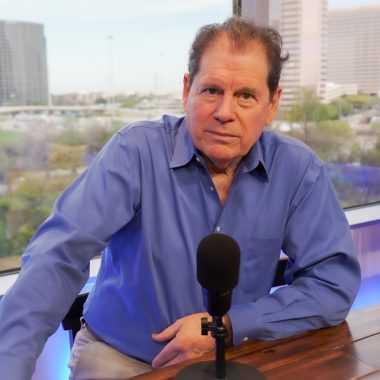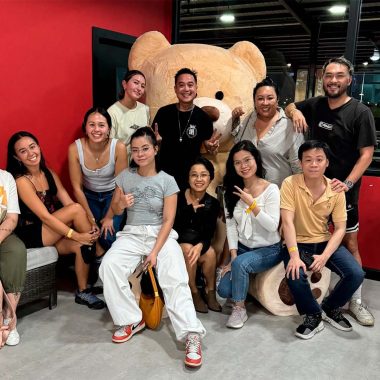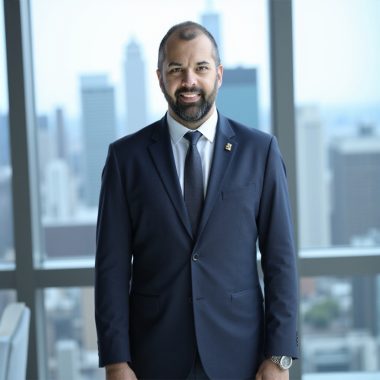Organizational restructuring can make or break a company’s future, depending on how leaders handle employee engagement throughout the process. When acquisitions are disguised as mergers or communication lacks transparency, even the most talented teams can fall apart. Nazma Rosado, an organizational leadership expert with over 25 years in the pharmaceutical industry, has spent more than half that time working in organizational development, change management, and cultural engagement, and continued in that space for an additional seven years. She has developed proven strategies for keeping employees engaged during these critical transitions.
Building Expertise Through Real-World Experience
Nazma’s approach to organizational change stems from both academic training and extensive hands-on experience. She earned her master’s in organizational leadership in 2012, but her foundation began much earlier. “A lot of my early development involved formulating my ideas around org design and development, then understanding what happens during restructuring and how to effectively create that transformation,” she explains. Her pharmaceutical background spanning more than 25 years provided the perfect testing ground for these theories.
Her career involved leading process development, standardization, and learning and development initiatives across various companies. “When you’re doing learning and development and process optimization, change is a part of that,” she notes. “It’s all about designing this great process, then figuring out how to get people to actually use it.” This early exposure to behavioral change laid the groundwork for her specialized focus on organizational restructuring.
Lessons from a Failed Merger
One recent project highlights the dangers of poor communication during restructuring. Nazma was brought in to help two organizations navigate what was marketed as a merger but quickly revealed itself as an acquisition. “They wanted it to feel more comfortable as a merger, so they did a lot of great communication around it being a partnership. Then on day one, when it came to fruition, it was very clearly an acquisition.” The results were predictable and damaging. “The organization started seeing that they had a retention problem because their best people were leaving,” she explains. “When there is some sort of disruption, your best people are the first to leave, usually because they have opportunities.” This left the company with a core group of dedicated but previously unrecognized employees who “keep the ship moving.”
Nazma’s solution involved multiple touchpoints with employees. She organized town hall meetings where executives from both organizations appeared in person, believing that “having that in-person engagement was super important, not just on a Zoom or Teams meeting.” More importantly, she embedded herself directly in various sites. “I’d spend about two weeks at the site and I would sit myself in the cafeteria, in the coffee room, in the lobby—places where people tend to gather,” she describes. This approach revealed authentic concerns that formal meetings couldn’t capture.
Three Strategies for Maintaining Engagement
Based on her experience, Nazma offers three practical strategies for leaders facing organizational change:
Lead with Empathy and Clarity: Leaders must remember the human impact of change. “What leaders often fail to recognize is that when they present a change to individuals or to an organization, it’s the first time the organization is hearing of that change,” she explains. While executives have had months to process decisions, employees haven’t; they need time to work through their own reactions and concerns.
Prioritize Transparency and Communication: Honest dialogue solves most organizational problems. “Be honest with your people. Communicate, communicate, communicate. You can’t communicate too much,” she emphasizes. Even when information is limited, managers should be direct about what they can and cannot share rather than avoiding difficult conversations.
Bring Employees into the Process: Smart leaders identify advocates and skeptics within their teams. “Look for people who are your strongest advocates to be allies and to help spread the word. For those who might seem the most unsure, I want to get really close to those people,” she advises. “Understanding resistance helps leaders address underlying concerns proactively. By meeting with and discussing concerns directly with resistors, you can learn what you may have overlooked or underappreciated. Consider it a learning opportunity,”.
Technology keeps changing companies’ operations, but Nazma isn’t worried about the impact of AI. She’s actually a big fan of AI tools for analysis and data work. “I personally love AI. I think that, you know, you have to evolve personally in the skills that you have and how to use them.” Her concern is different. Companies might start using technology as a shortcut for actually understanding their people. “You can’t lose that human element, because there’s that human side of change that we have to get back to.” The emotional side of organizational change still requires honest conversations with real people, something algorithms can’t replace. Successful restructuring still comes down to treating employees like adults who deserve honest answers, even when those answers aren’t what anyone wants to hear.
Follow Nazma Rosado on LinkedIn for more insights on leadership during organizational change.








